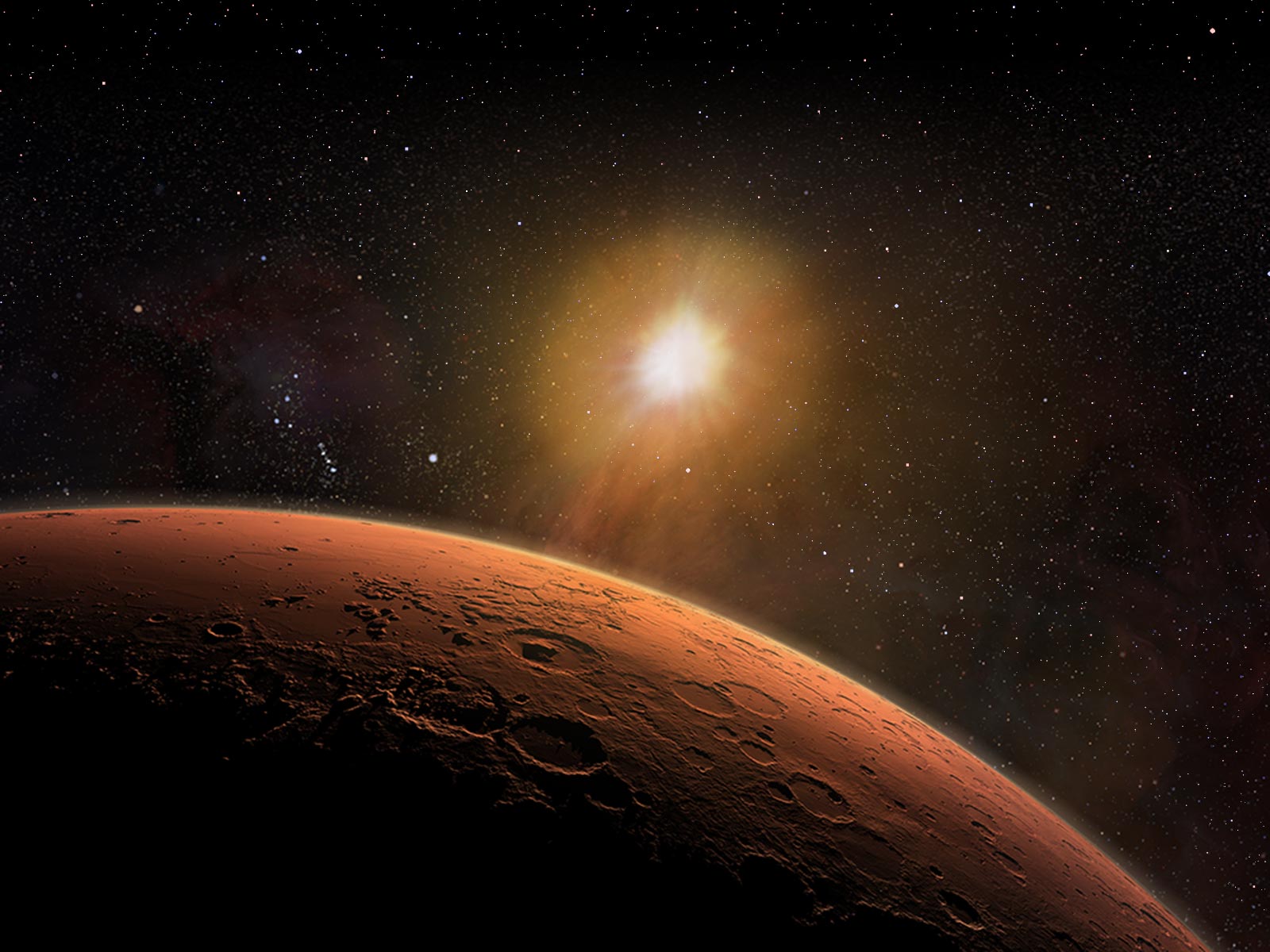


 U.Mars — Encyclopedia
U.Mars — Encyclopedia
Basic Astronomy and the Nighttime Sky
Named for Sir Isaac Newton (1642–1727), these laws may be stated as...
The First Law describes inertia — the tendency of an object at rest to remain at rest, or of a moving object to continue moving. When one applies a force to an object, it causes the object to accelerate (the Second Law), which may be a deceleration (negative acceleration) depending on the direction in which the force is applied. In addition to causing acceleration (positive or negative), an applied force may alter the direction of motion of the target object.
The Third Law describes the situation of "push on something, and the something pushes back." An example could be a person jumping — one essentially kicks downward, exerting a force in a downward direction, yet the surface below the feet stays more-or-less still and the end effect is to propel the jumper upwards.
Alternatively, a person standing still on the Earth's surface is experiencing a force (gravity) that would pull the person downward, but as in Newton's law of gravitation the person is also pulling the Earth up towards them with equal force; that the Earth is far more massive than the person is why the magnitude of the gravitational force has a much stronger effect on the person than the Earth. You could think of it as a push being countered by an equal push in the opposite direction, or a pull being countered by a pull in the opposite direction; as for which object ends up being moved more, it depends on their respective masses.
See also: